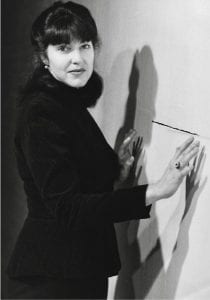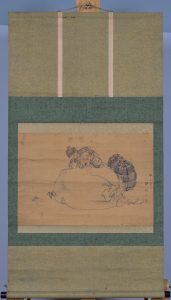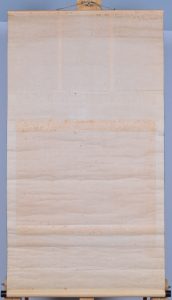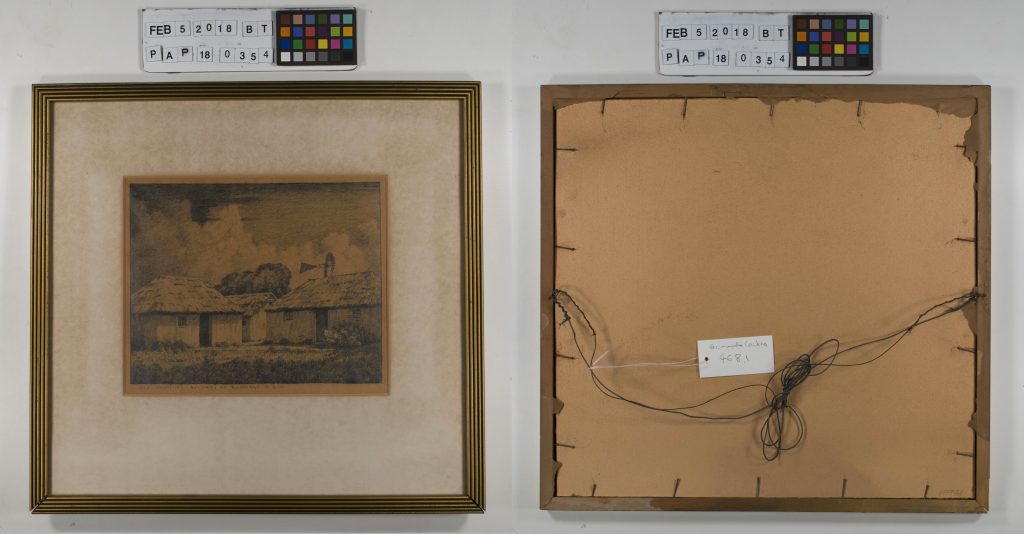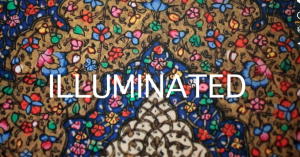There’s a Chair in There – Determining Age through Materials and Typology

by Jessie Gray
The ladder back chair, an artefact from the Grainger museum, came with very little information about its history and materials. The 1909-1914 date given to the object relates to its acquisition by Rose Grainger, correlating to the period when she was living in London. The chair’s label may have offered more information but unfortunately it is scratched and not completely legible.
Conservation specialist Robin Hodgson examined the chair and assessed it as being made in England, due to the use of English oak in the manufacturing of the frame. She also gave a rough manufacture date of 1830’s, citing typology and material use. With further research, I was able to compile material and typological evidence that supported her view.
Continue reading “There’s a Chair in There – Determining Age through Materials and Typology”



